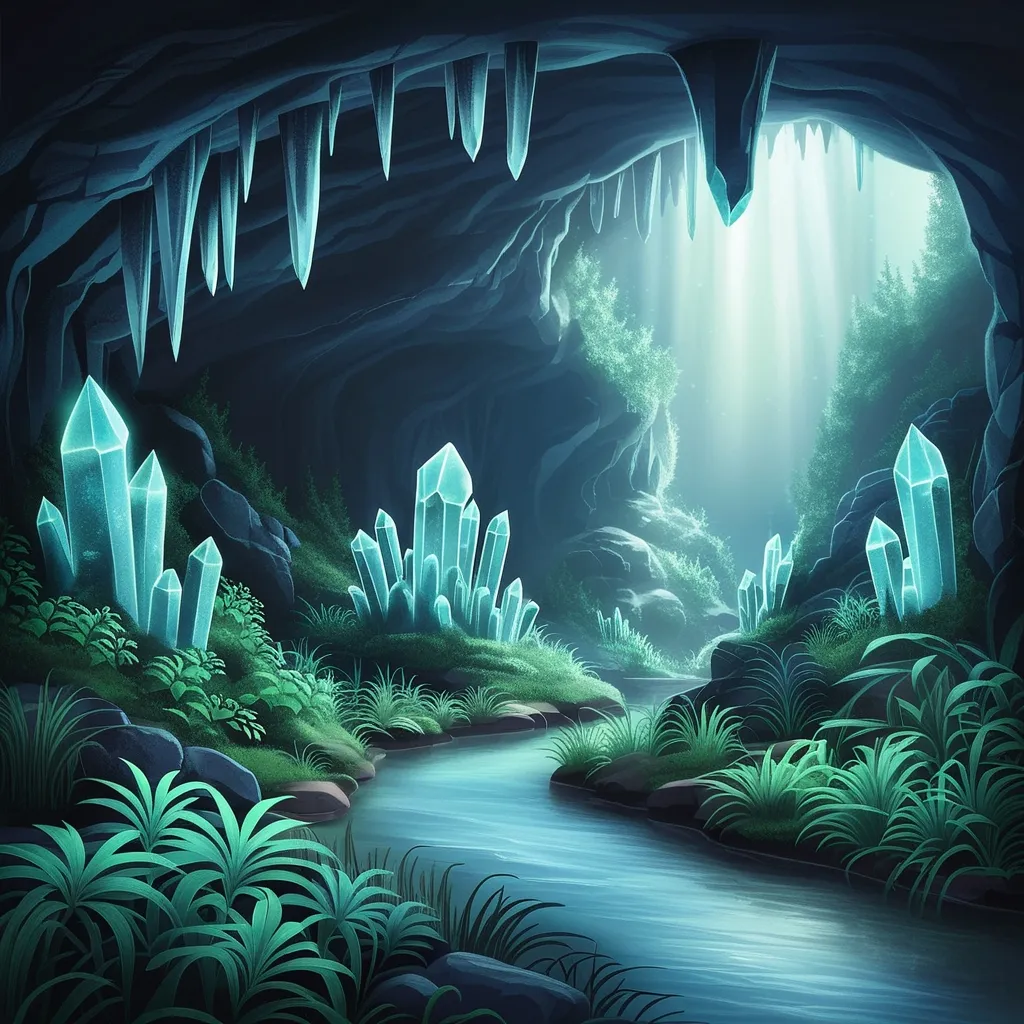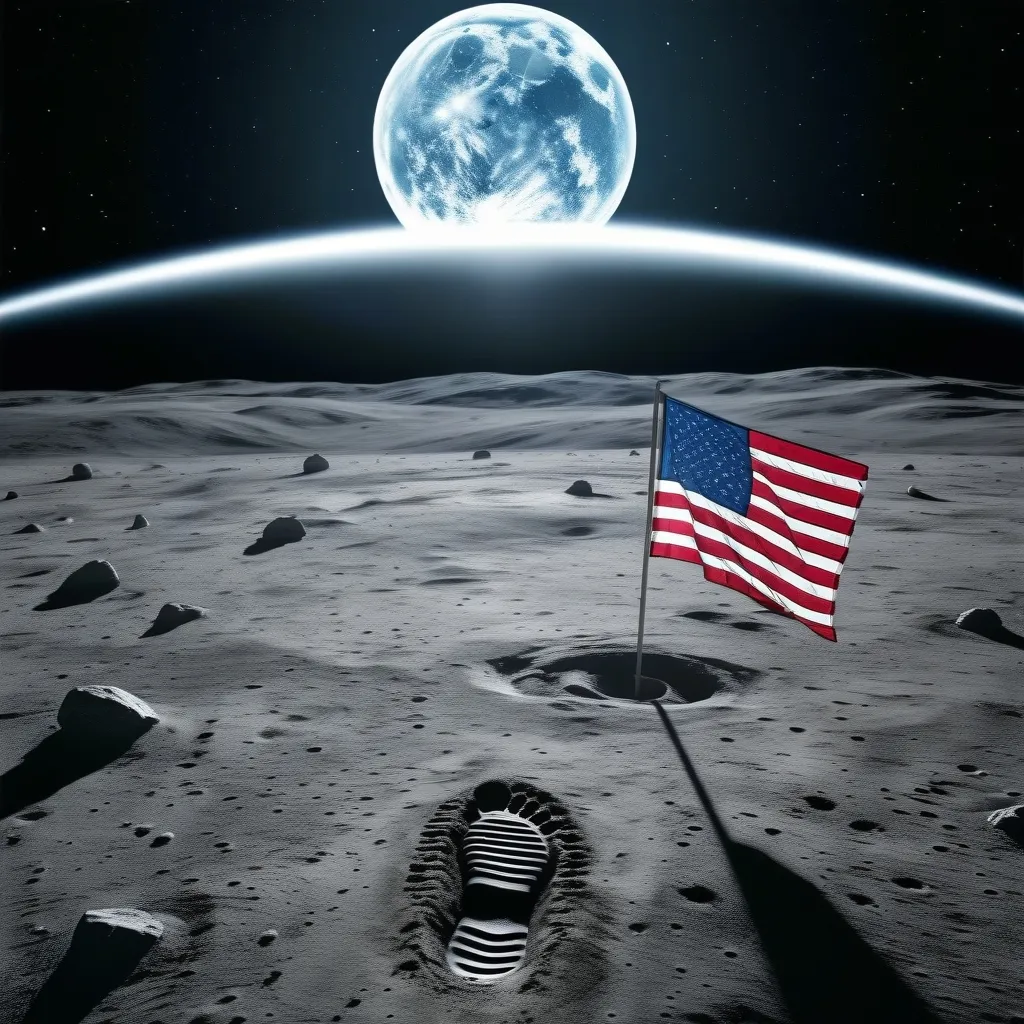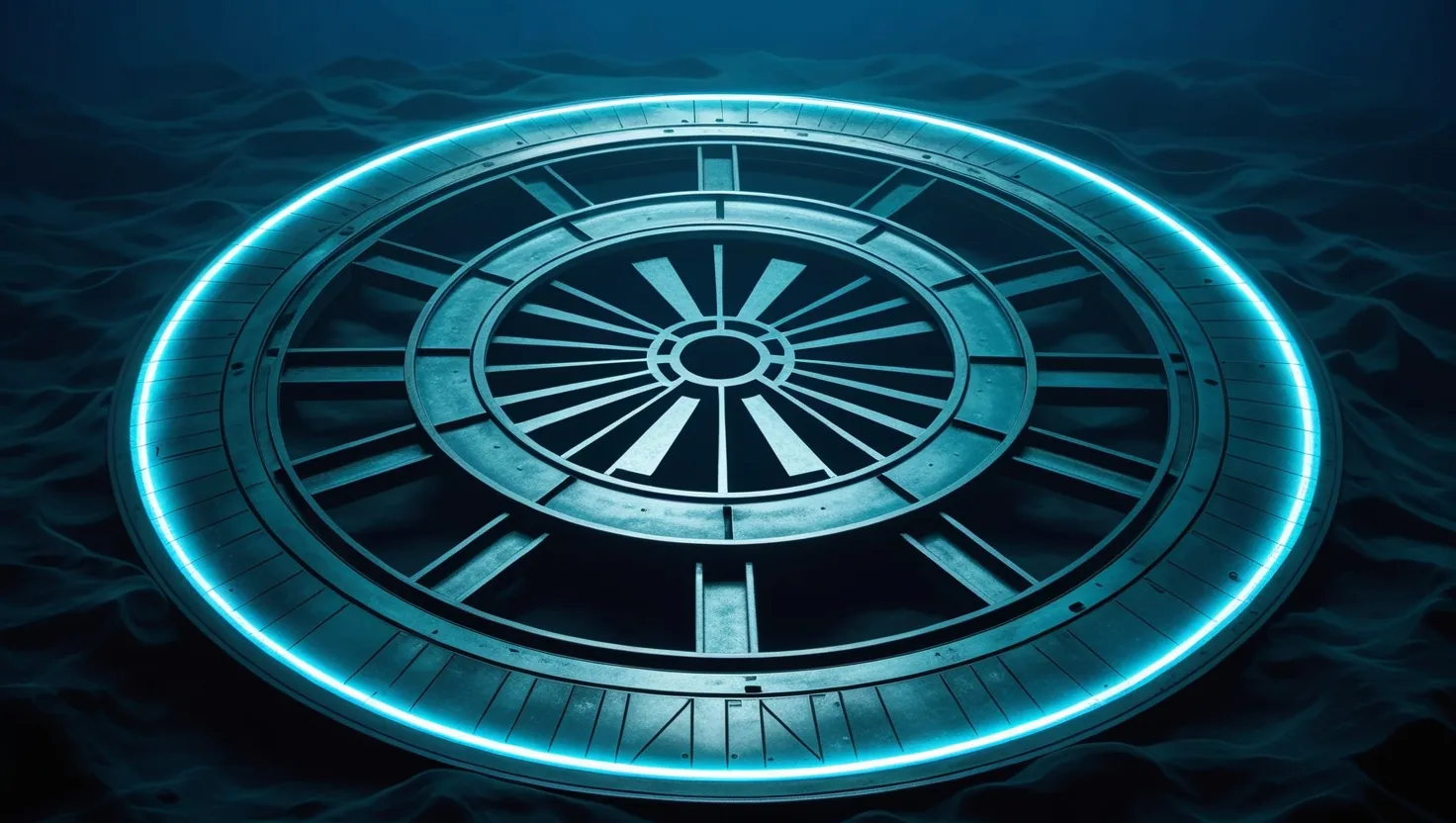The Hollow Earth theory has captivated imaginations for centuries, blending scientific speculation with mythological tales. It’s a wild idea that our planet might be hollow, hiding an entire world beneath our feet. Let’s dive into this fascinating concept and explore its origins, evolution, and enduring appeal.
Picture this: you’re walking along, minding your own business, when suddenly you stumble upon a hidden entrance to the Earth’s core. Sounds like something out of a sci-fi movie, right? Well, believe it or not, some folks actually think this could be real.
The roots of this theory go way back to the 17th century. Edmond Halley, the guy who discovered that famous comet, had a pretty out-there idea. He thought the Earth might be hollow, with a couple of inner shells and a core. He even suggested these inner realms could be inhabited. Talk about prime real estate!
But Halley wasn’t alone in his wild theories. Other brainiacs like Leonhard Euler and John Cleves Symmes Jr. jumped on the hollow Earth bandwagon. Symmes was so convinced, he actually led an expedition to the Arctic to find the entrance. Spoiler alert: he didn’t find it.
Now, let’s not forget that this theory isn’t just some scientific daydream. It’s got deep roots in mythology and folklore too. Almost every ancient culture had stories about underground worlds. The Greeks had Hades, the Egyptians had Duat, and Christians had Hell. These weren’t just empty caves - they were bustling with gods, spirits, and all sorts of mythical beings.
Some cultures even painted these underground realms as paradise. Take the Hindu legend of Agartha, for example. It’s supposed to be this amazing place where the Vedas originated, complete with a peaceful city called Shamballa. Sounds pretty nice, right?
Fast forward to modern times, and the Hollow Earth theory has taken on a life of its own. It’s become a full-blown conspiracy theory, with some pretty wild claims. Imagine an Earth with an 800-mile-thick shell, an inner sun, and a super advanced civilization living inside. That’s what some modern believers think is going on down there.
One of the big names in the modern Hollow Earth crowd is Rodney Cluff. This guy claims the Earth’s interior is home to a bunch of different groups - advanced “alien” humans, Vikings, and even Nazis. According to Cluff, these inner Earth folks have some serious tech, including spaceships. They’re supposedly keeping an eye on us surface dwellers to prevent any major disasters.
But wait, there’s more! Some people claim that explorers have actually made it to this inner world. There’s a story about a Norwegian sailor named Olaf Jansen who supposedly took a trip to the Earth’s core in the 19th century. He said he met some super tall “superhumans” living in a pristine environment. Sounds like a pretty sweet vacation spot, if you ask me.
Now, I hate to be a buzzkill, but I’ve got to mention that science has pretty much debunked this whole Hollow Earth thing. Back in the 18th century, Charles Hutton did this experiment called the Schiehallion experiment. It showed that the Earth is solid, not hollow. And since then, geologists have discovered even more evidence that our planet is made up of a thin crust, a rocky mantle, a molten outer core, and a solid inner core.
But here’s the thing - even with all this scientific evidence, some people still believe in the Hollow Earth theory. They argue that mainstream science is just close-minded and that there’s plenty of evidence from scripture, history, and personal accounts to back up their claims.
Even if it’s not scientifically accurate, you’ve got to admit that the Hollow Earth theory is pretty darn cool. It’s inspired tons of awesome fiction. Jules Verne’s “Journey to the Center of the Earth” is a classic example. In that story, the characters find this underground ocean and run into creatures that were supposed to be extinct. How cool is that?
The theory has even inspired some real-life movements. There was this guy named Cyrus Teed who started a whole cult called the Koreshan Unity. He believed in a concave Hollow Earth, which he called “Cellular Cosmogony.” The cult didn’t last long after Teed died, but you can still visit their old colony site in Florida.
Despite all the scientific evidence against it, the Hollow Earth theory is still kicking around today. Some modern believers think the Earth’s interior is home to all sorts of beings - advanced human civilizations, aliens, mythical creatures, you name it. They often talk about explorers like Admiral Richard E. Byrd, who supposedly found thriving civilizations in the Earth’s core. Though, to be fair, Byrd himself never actually said anything about that.
Recently, there have been claims about a massive hole at the North Pole that authorities are supposedly hiding. Some folks think this could be the entrance to the inner world, like some kind of real-life Garden of Eden.
So why does this theory still have followers, even though science has pretty much proven it wrong? Well, I think it’s all about our fascination with the unknown. There’s something really appealing about the idea of a hidden world right beneath our feet. It taps into our imagination and our curiosity about the mysteries of our planet.
The Hollow Earth theory is a great example of how our understanding of the world is always changing. It shows how myths and legends can keep captivating us, even when there’s a ton of evidence against them.
In the end, the Hollow Earth theory is this complex, multifaceted idea that’s been evolving for centuries. It’s a mix of scientific speculation and mythological stories. And even though science has shown it’s not true, it’s still a fascinating topic to think about.
So next time you’re out for a walk, why not let your imagination run wild for a moment? Who knows what might be hiding beneath your feet? Just don’t go digging any holes in your backyard - your neighbors might not appreciate it!






